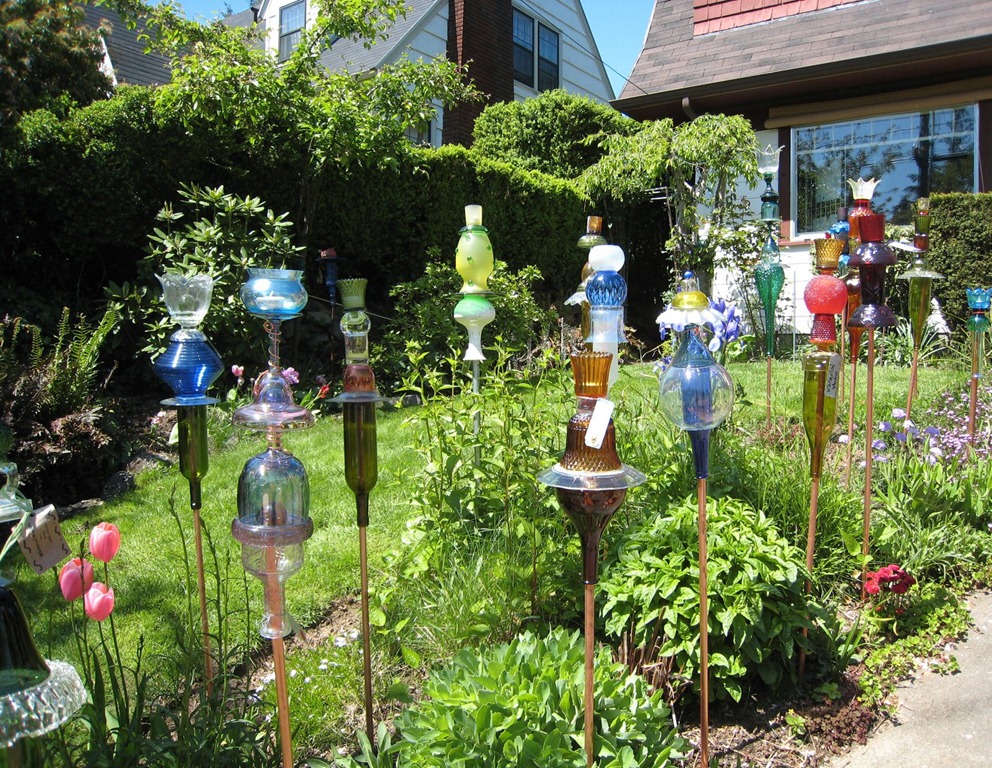Bringing art into your outdoor space is a great way to enhance your home's landscaping. Here are some suggestions on how to incorporate art into your garden design:
Choosing Art For Your Outdoor Space
If you want to create a bold, eye-catching look, consider choosing a large piece of art to serve as a central focal point. Alternatively, if you want to create a more subtle effect where art is woven into the surrounding landscape, opt for smaller pieces scattered throughout your garden instead.
For a formal garden, consider using matching pieces of art to create symmetry. Most formal gardens rely on balance to create a sense of order. Casual gardens, on the other hand, don't need to be quite as balanced. You can purchase mismatched artwork and place it wherever you see fit.
Whichever pieces of art you choose, make sure that they can stand up to the elements. Typically, artwork that is made from glass or metal is the most durable. Any art that is made from wood should be properly protected to prevent weather-related deterioration.
Positioning Art Within Your Garden
The way that you display your artwork is almost as important as the artwork itself. Be sure to think about how the surrounding environment will affect the look of the art. Typically, complicated or highly detailed pieces of art look best in front of simple backdrops while simpler pieces of artwork can be placed just about anywhere.
Be sure to think about how your garden will look throughout the year when choosing a spot for your artwork. Keep in mind that the plants in your garden may grow larger, bloom, or even die. Planning ahead for these eventualities will help you choose the best possible placement.
Checking For Functionality
The last thing that you want is for the artwork that you put in your garden to interfere with your sprinklers or with other essential features. Double check to make sure that you place the art in the place that is free from obstructions.
You should also take steps to protect the artwork from the elements. For instance, you may need to seal it using a special type of varnish. Consult an expert if you aren't sure how best to protect the art.
Finally, make sure that the artwork is secured in place so that it won't fall over or blow away. Remember, the wind can easily catch objects and move them if they aren't very heavy. Any lightweight artwork should be properly secured to prevent it from being damaged by the weather.
Lighting Your Artwork
According to Outdoor Art Pros, landscape lighting can draw attention to the artwork, helping it to stand out from the surrounding plants.
Even dark areas of your garden can look beautiful, however, when you choose brightly colored pieces of art. For instance, scattering mosaics throughout a shady portion of your yard can bring color and vibrancy to the space.
